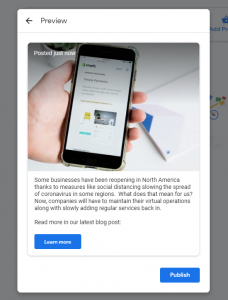
Too few webmasters move beyond Google Analytics, which is a pity. Google Webmaster Tools is all you really need to become a Google-whisperer. Why spend all this time and money on MOZ and Woorank when you could just hear it directly from the Horse’s mouth.
I have been using it a lot lately since I have been doing a lot of SEO strategy work and I have really had some serious fun working through some of the tools that Google basically begs you to adopt in order to make things super-easier for them — and therefore better for you, the site owner or manager.
This week, we’ll discuss International Targeting and HTML Improvements.
Location, location, location (International Targeting)
 Be realistic. I know that the Internet is global and that there might well be a distant client on foreign shores but it’s really worth it to get as geographically specific as possible. Do it for Google. There’s two ways to signify your language and location to Google and they are through the use of Hreflang Tags and through Country Targeting. That said, if you happen to purchase a clever domain like Gerr.is, which is an Icelandic top-level-domain, Google doesn’t give you much of a choice.
Be realistic. I know that the Internet is global and that there might well be a distant client on foreign shores but it’s really worth it to get as geographically specific as possible. Do it for Google. There’s two ways to signify your language and location to Google and they are through the use of Hreflang Tags and through Country Targeting. That said, if you happen to purchase a clever domain like Gerr.is, which is an Icelandic top-level-domain, Google doesn’t give you much of a choice.
Whoops. I plan to shift my primary domain from gerr.is to gerriscorp.com in order to be able to target the US in my Google Webmaster Tools. While I admire the fine, fair, high-cheekboned people of Reykjavik, I don’t know if they’re my ideal geographic target.
Google Just Wants to Help You Help It (HTML Improvements)
 I feel like folks are spending time and money using both free and paid tools like MOZ and Woorank when Google is pretty explicit about what it wants and needs from you.
I feel like folks are spending time and money using both free and paid tools like MOZ and Woorank when Google is pretty explicit about what it wants and needs from you.
Google does care about Title and Description duplication and is happy to help you work through it.
Google is looking for Goldilocks titles and descriptions, searching for content that is not too short, too long, but just right.
Since Google explores your site using robots, spiders, and bots, their science is inexact.
Sometimes duplication isn’t duplication at all but has to do with Canonical URLs, aliases, and things such as trailing slashes and URL variations.
Strangely enough, Google’s a little odd. It’s 2015 and Google still requires us to submit both our plain domain as well as our URL with a WWW subdomain. So, sometimes duplication isn’t simply duplicate content but issues with how you have your site domain setup.
(248)
Report Post





